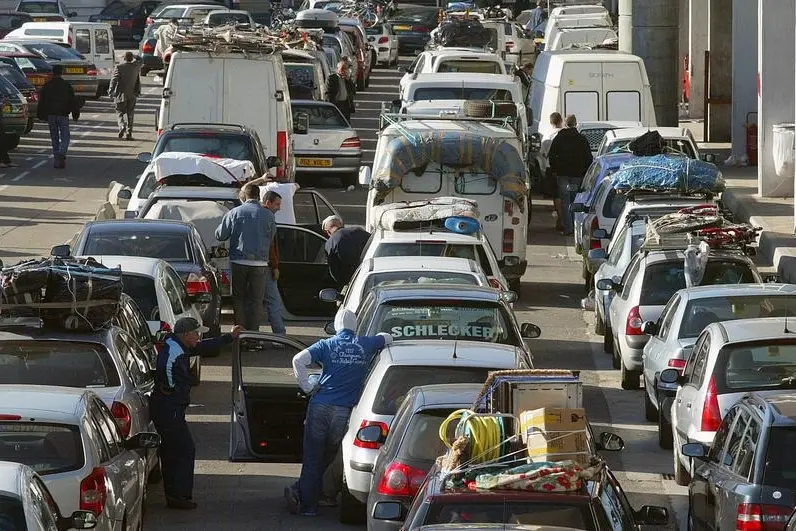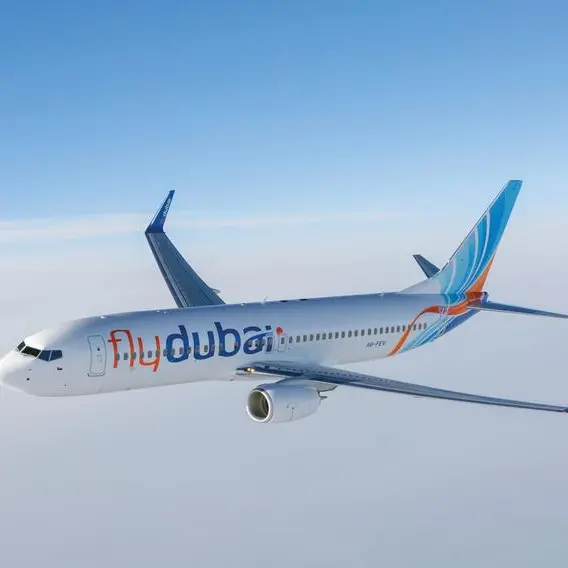PHOTO
The transport sector in Algeria has undergone a strategic reorganisation in recent months, with the appointment of a new head of the Ministry of Transport (MoT) in May and the imminent rollout of the country's latest five-year development plan, to run through to 2019.
While lower oil revenues are likely to impact funding for less essential projects, the government remains committed to maintaining capital investment in the sector, with AD832.7bn (€7.7bn) to be earmarked for the MoT under the new five-year plan, according to the new minister of transport, Boudjema Talai.
Investing in upgradesAlgeria's transport infrastructure has been significantly overhauled since the early 2000s, funded by generous public sector spending on the back of voluminous oil and gas revenues, which saw tens of billions of euros channelled into projects ranging from roads and railways to seaports and urban tramways.
The upcoming 2015-19 development plan is expected to allocate a further $262bn worth of investments, with the goal of boosting domestic production and developing the non-oil economy. Transport infrastructure will also be prioritised, with sector projects to include construction of new train stations, development of a commercial port in the central region of the country and new metro lines, according to local press reports from June.
As the largest country in Africa by land area, transport remains a perennial priority for Algeria, with state policies emphasising railway development in particular. Large-scale investments are currently under way, with the National Company for Rail Transport (Sociétee Nationale des Transports Ferroviaires, SNTF) working to expand and modernise its fleet of trains and extend the reach of its railways from 4500 km to 12,500 km in the medium term.
With AD127bn (€1.2bn) to be spent on network upgrades, including rolling stock, the SNTF has already ordered 17 new railcars from French manufacturer Alstom for a total of AD21bn (€192.4m), the company told local press in mid-May. It plans to prioritise lines connecting Algiers to the cities of Oran, Constantine, Béjaia, Chlef, Biskra and Touggourt, as well as to other parts of the south and the Hauts Plateaux. The SNTF has also commissioned a total of 30 freight locomotives from various US manufacturers in a bid to modernise stock.
In the shipping laneMaritime transport is expected to be another focal point of public investment over the next five years, with 95% of imported merchandise arriving by sea, according to MoT figures.
In late June the state-owned Algerian National Navigation Company (Compagnie Nationale Algérienne de Navigation, CNAN) acquired a AD2bn (€18.3m) freighter. The ship has a 12,600-tonne, 700-container capacity and is able to transport bulk grains as well as carry multiple types of containerised cargo - both of which are particularly important, as Algeria imports large quantities of cereals and construction equipment.
This latest acquisition is part of a larger, AD170bn (€1.6bn) maritime development plan, which aims to purchase 25 new vessels by the end of 2016, according to the MoT. This includes 18 freighters for the CNAN North subsidiary, which covers trade with northern Europe, the Americas, the Middle East and the Far East, and seven vessels to CNAN Med, which focuses on France, Spain and Italy.
City livingIn addition to bolstering connections between cities and countries, new developments are targeting improvements to links within cities. With 70% of Algerians living in urban areas, up from 52% in 1990, according to the World Bank, transit remains a strategic priority, particularly for greater Algiers, which has a population of over 5m.
The government is studying solutions to address growing demand for public transport. Development of an elevated metro line is being considered, Aomar Hadbi, director-general of the Metro of Algiers Company (Entreprise du Métro d'Alger, EMA), told local media in June.
The new 11-station line could help scale back congestion in the city centre by connecting Hai El Badr in the east of Algiers with Chevalley in the north-west, transporting up to 500,000 passengers per day. While the EMA still needs to conduct feasibility studies for the project, an elevated system is expected to cost 30% less than traditional underground networks, in addition to being faster to construct and less disruptive to traffic.
Determining prioritiesHowever, there is likely to be some reprioritisation of funds as a result of weaker oil prices, with non-essential tramway projects expected to be delayed, according to Talai. "We have frozen some projects that had not yet been started in order to more clearly assess the needs of cities and their development. Economically viable projects will be maintained and will be financed by the market," he told OBG.
By all accounts, more critical sector projects remain on schedule. When asked about the impact of lower oil revenues, Talai told OBG that "acquisitions in the air and maritime transport segments were to take place as planned, while expansion of the railway network, which has a more direct economic impact, will also be reinforced to ensure timely delivery".
© Oxford Business Group 2015












